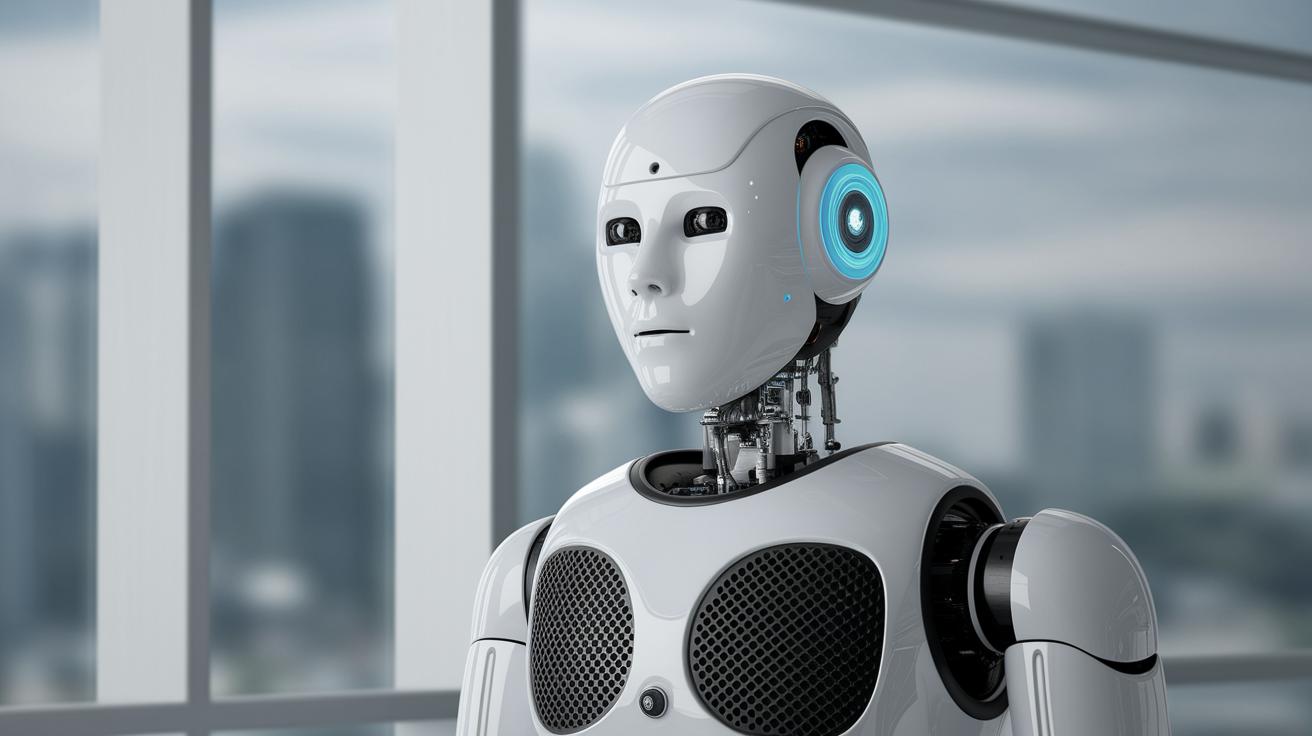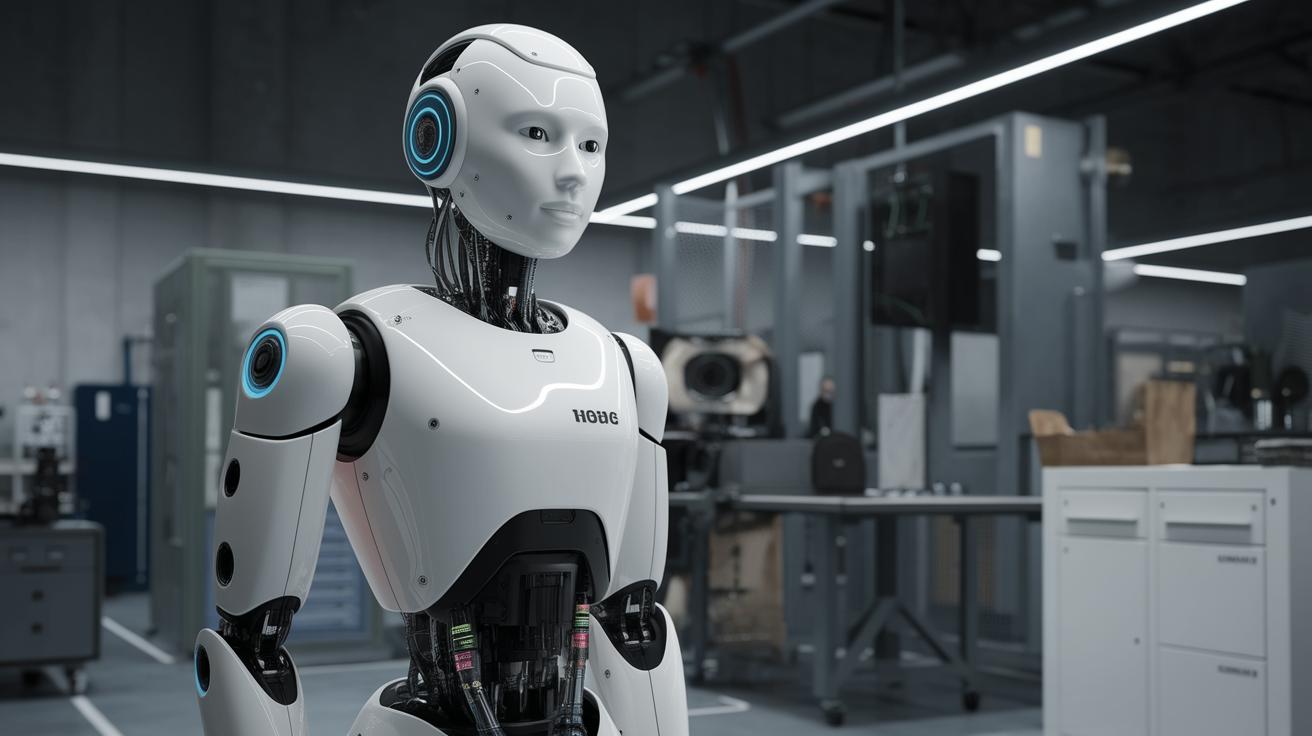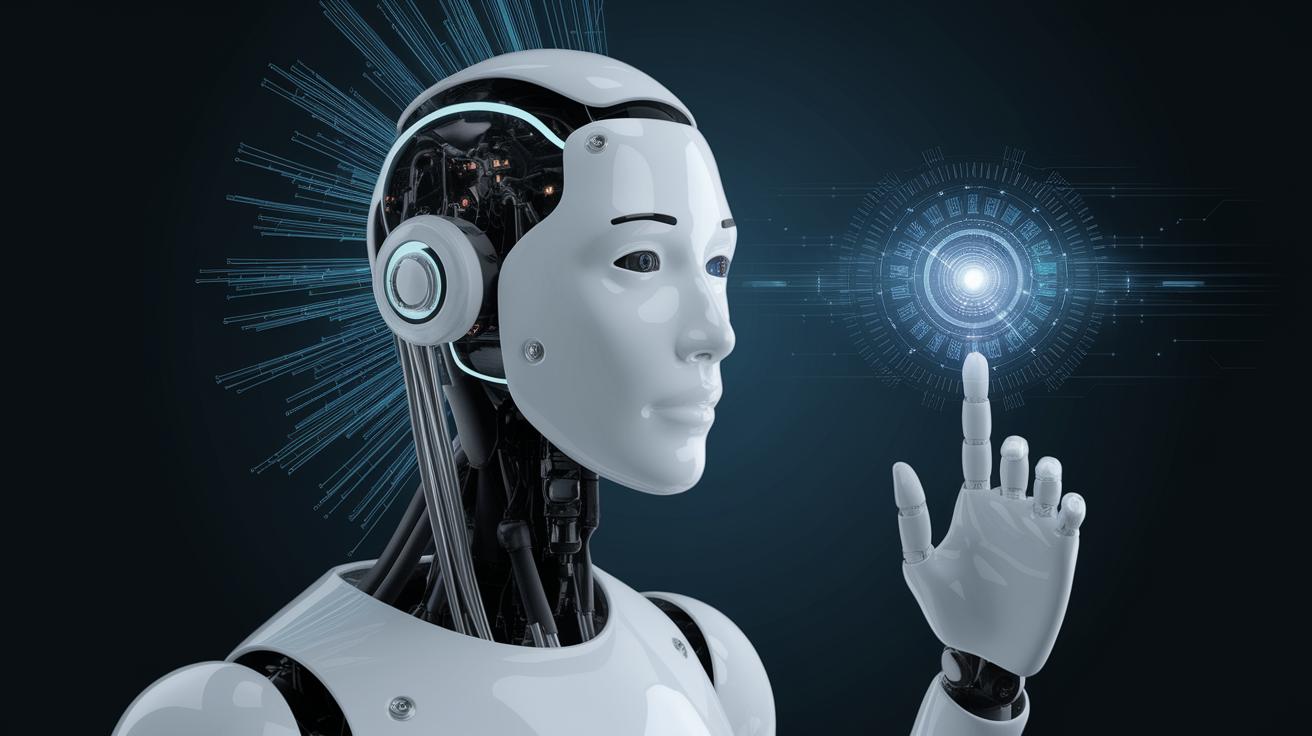What are the Future Trends in Robotics?
The robotics industry stands on the brink of revolutionary developments that promise to reshape how humans work, live, and interact with technology. This article explores these cutting-edge trends—ranging from Artificial Intelligence and collaborative robots, to mobile manipulators and sustainable robotics. We delve into the impact of digital twin technology, humanoid robots, and the growing importance of customization. As we look ahead, these trends hold tremendous potential to transform various sectors by 2025 and beyond.
ARTIFICIAL INTELLIGENCE AND MACHINE LEARNING
Key Developments in AI and Robotics for 2025
Artificial Intelligence (AI) and Machine Learning (ML) are at the forefront of robotics advancements. As AI algorithms become more sophisticated, they enable robots to process information more efficiently, adapt to new situations, and learn from their operational environment. In 2025, we expect to see AI-driven robots deployed across various sectors, delivering unparalleled efficiency and innovation.
One major development is the evolution of autonomous robots that can operate with minimal human intervention. AI enables these robots to make informed decisions and execute complex tasks. The integration of AI with edge computing and cloud technologies further enhances their capabilities, leading to smarter, more adaptive robotic systems suitable for diverse applications—from healthcare to logistics.
COLLABORATIVE ROBOTS (COBOTS): REDEFINING WORKFORCE DYNAMICS
Collaborative robots, or cobots, are transforming the way human-robot interaction occurs in the workplace. Unlike traditional industrial robots, cobots are designed to work safely alongside humans, thereby enhancing productivity and efficiency. In 2025, it’s anticipated that cobots will become more common in various settings, from small businesses to large industrial operations.
The affordability and ease of use of these robots are driving their adoption. They offer flexibility in performing tasks that were previously challenging for humans alone, such as precision assembly, packaging, or quality inspections. As a result, employees can focus on higher-order tasks that require human intuition and creativity, leading to a more dynamic and productive workplace environment.
MOBILE MANIPULATORS: A GAME-CHANGER IN ROBOTICS
Applications of Mobile Manipulators
Mobile manipulators are revolutionizing the field of robotics by combining mobility with advanced manipulation capabilities. These robots are capable of navigating complex environments while interacting with objects and tools. The versatility of mobile manipulators makes them suitable for a wide range of applications, including manufacturing, healthcare, and logistics.
In industrial settings, mobile manipulators can perform tasks such as assembly, inspection, and material handling with high precision. In healthcare, they assist in surgery, patient monitoring, and rehabilitation. The flexibility and multifunctionality of these robots make them indispensable assets in sectors that require adaptable and efficient robotic solutions.
DIGITAL TWIN TECHNOLOGY: OPTIMIZING ROBOTICS THROUGH VIRTUAL SIMULATIONS
Advantages of Digital Twins in Robotics
Digital twin technology is redefining how robotics systems are designed and managed. By creating a virtual representation of a physical system, digital twins enable the simulation and optimization of robotic operations before they are deployed in real-world settings. This offers significant advantages in terms of risk reduction and performance enhancement.
With digital twins, companies can simulate various scenarios to foresee potential issues and optimize processes. This is particularly valuable in complex environments where testing in the real world is impractical or costly. Additionally, digital twins facilitate continuous improvement by providing insights through data collected from the physical system, driving innovations in robotics design and deployment.
HUMANOID ROBOTS: THEIR CONTRIBUTION TO SERVICE ROBOTICS
Why Humanoids Matter in 2025
Humanoid robots are set to play a significant role in service industries by 2025. Their human-like appearance and capabilities make them ideal for tasks that involve interaction with people, such as customer service, caregiving, and education. As technology evolves, these robots will become more adept at understanding and responding to human emotions, providing more personalized and efficient services.
The significance of humanoids lies in their ability to operate in environments designed for humans, such as homes, offices, and public spaces. They offer the potential to address labor shortages in sectors like healthcare, where they can assist with routine care tasks, allowing human caregivers to focus on more critical care duties.
CUSTOMISATION AND MODULARITY IN ROBOTICS
Key Trends in Robotics Customization
Customization and modularity are becoming paramount in robotics, enabling companies to tailor robots to specific tasks and environments. This approach enhances the flexibility of robotics systems, allowing businesses to quickly adapt to changing needs without significant investments in new technologies.
The development of modular robots, which can be easily upgraded or reconfigured, promotes sustainability and cost-effectiveness. These systems can be customized with different modules, such as sensors or tools, to perform a variety of functions. As industries seek more agile and responsive robotic solutions, customization and modularity will become essential components of future robotics strategies.
SUSTAINABLE ROBOTICS AND ENERGY EFFICIENCY
Eco-Friendly Robotics in 2025
As sustainability becomes a global priority, the robotics industry is focusing on developing eco-friendly technologies. Energy-efficient robots reduce the environmental impact of industrial operations and align with broader climate goals. By 2025, innovations in power management and renewable energy integration are expected to drive the development of greener robotics solutions.
Examples include robots powered by solar panels or those that utilize regenerative braking systems to conserve energy. Moreover, the implementation of sustainable practices, such as using recycled materials in robot manufacturing, further contributes to minimizing the environmental footprint of robotics production and use.
NEXT STEPS: ROBOTICS TRENDS IN 2025 AND BEYOND
| Trend | Description |
|---|---|
| AI and Machine Learning | Key enablers of smarter, autonomous robots with enhanced decision-making capabilities. |
| Collaborative Robots (Cobots) | Cobots are transforming workplace dynamics by working alongside humans. |
| Mobile Manipulators | Versatile robots combining mobility with manipulation, suitable for diverse applications. |
| Digital Twin Technology | Simulates robotic systems for risk reduction and performance optimization. |
| Humanoid Robots | Human-like robots enhancing service sectors with improved interaction capabilities. |
| Customization and Modularity | Tailors robots to specific tasks through modular designs for flexibility. |
| Sustainable Robotics | Focus on energy efficiency and eco-friendly practices in robot development. |
FAQs about Robotics
This article delves into the main trends of robotics in 2025, showing its potential to revolutionize various sectors.
Are you curious about the future impact of robotics on industries and society? You’re not alone. As technology continues to advance, understanding these developments becomes crucial for businesses and individuals. Here, we address some frequently asked questions about the exciting trends shaping the future of robotics.
SEARCH
Looking for more information? Use the search function to find related articles and insights on our website. Stay informed about the latest trends and breakthroughs in robotics and technology.
Recent Posts
Stay updated with our latest posts on emerging technologies and industry trends. From AI breakthroughs to innovative robotics applications, we cover it all to keep you informed.
LABELS
Explore popular topics by browsing through our labeled content. Find insights and articles on AI, robotics, technology trends, and much more.
Newsletter
Subscribe to our newsletter for regular updates on robotics and technology trends. Join our community and stay ahead of the curve with insights delivered straight to your inbox.


